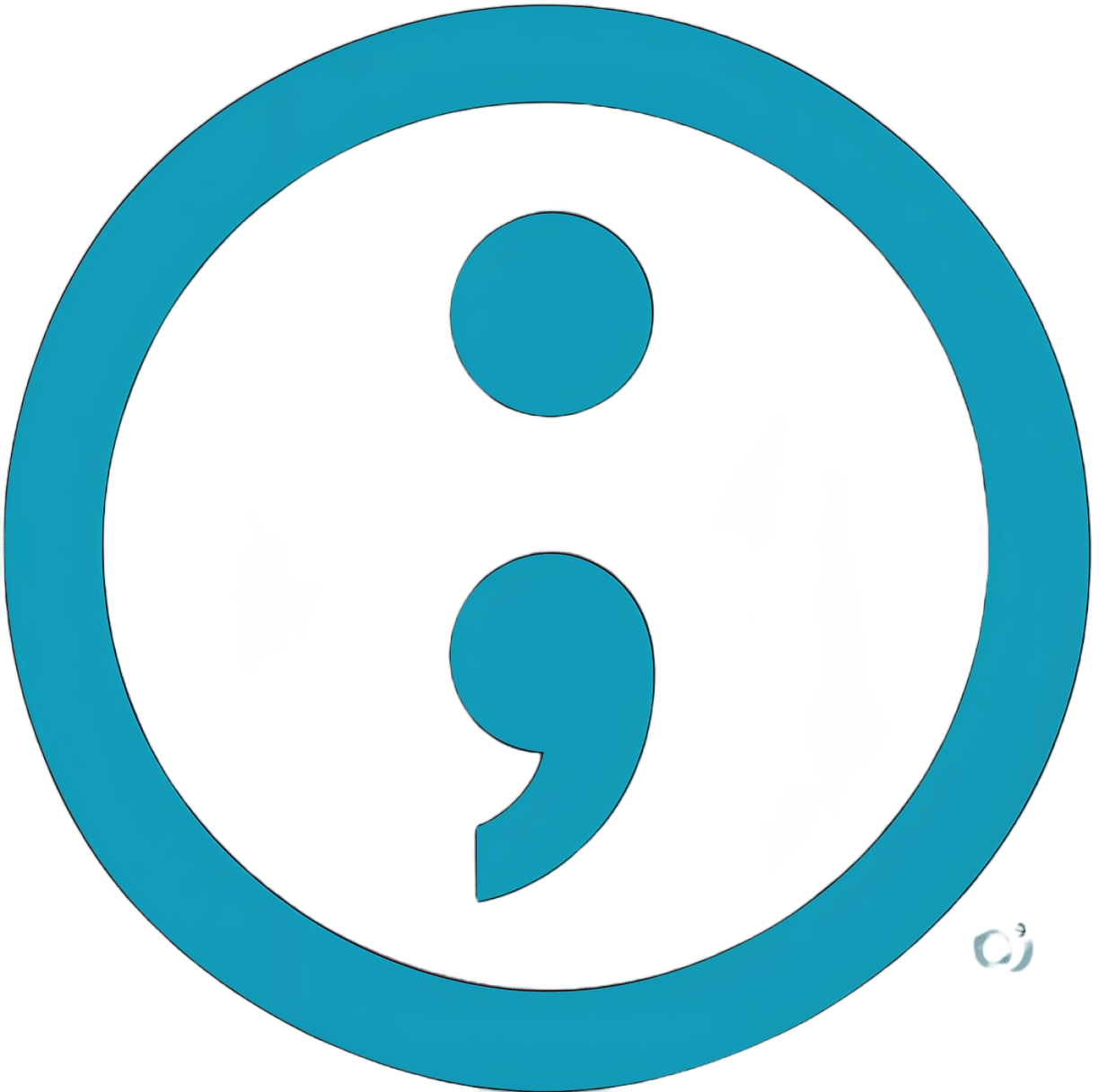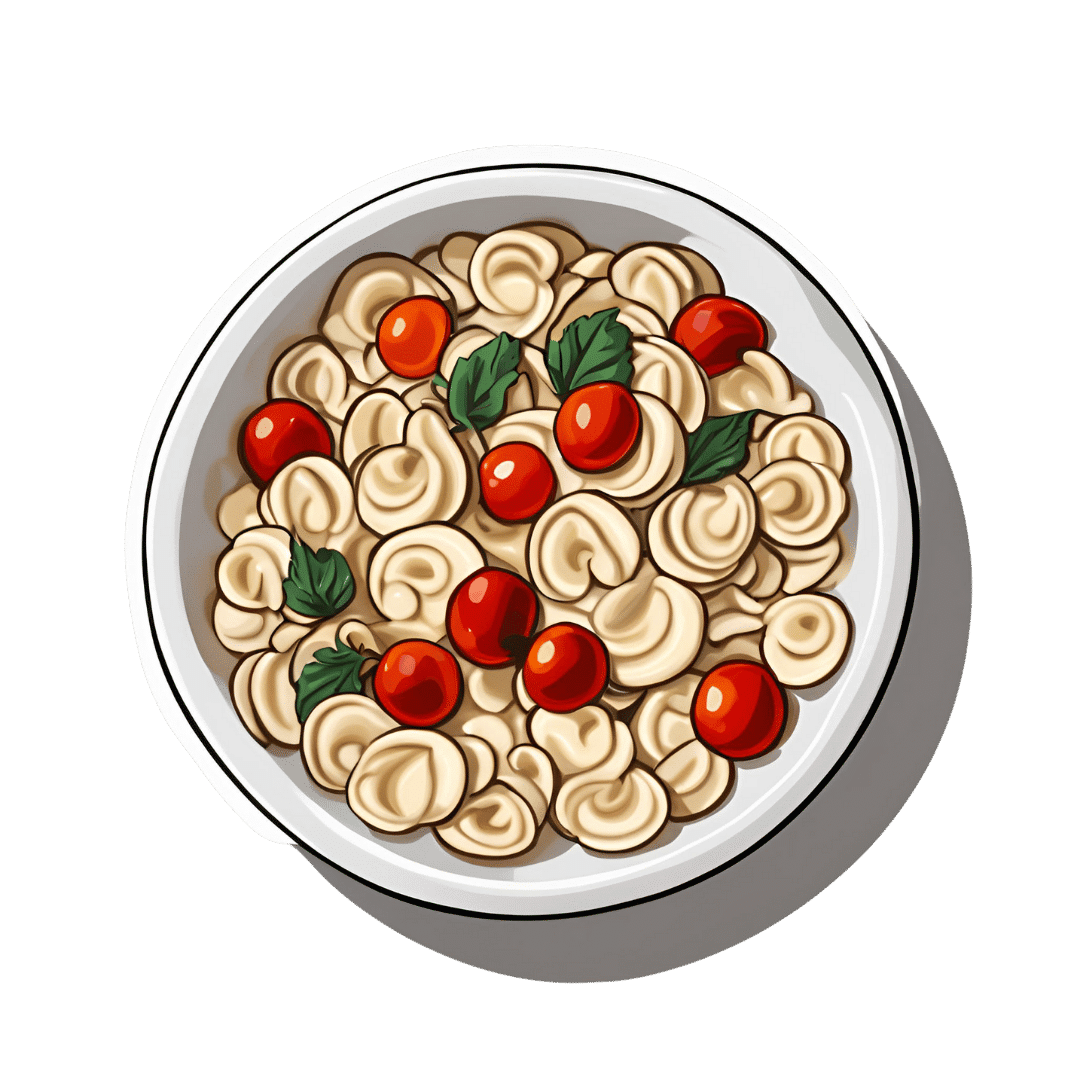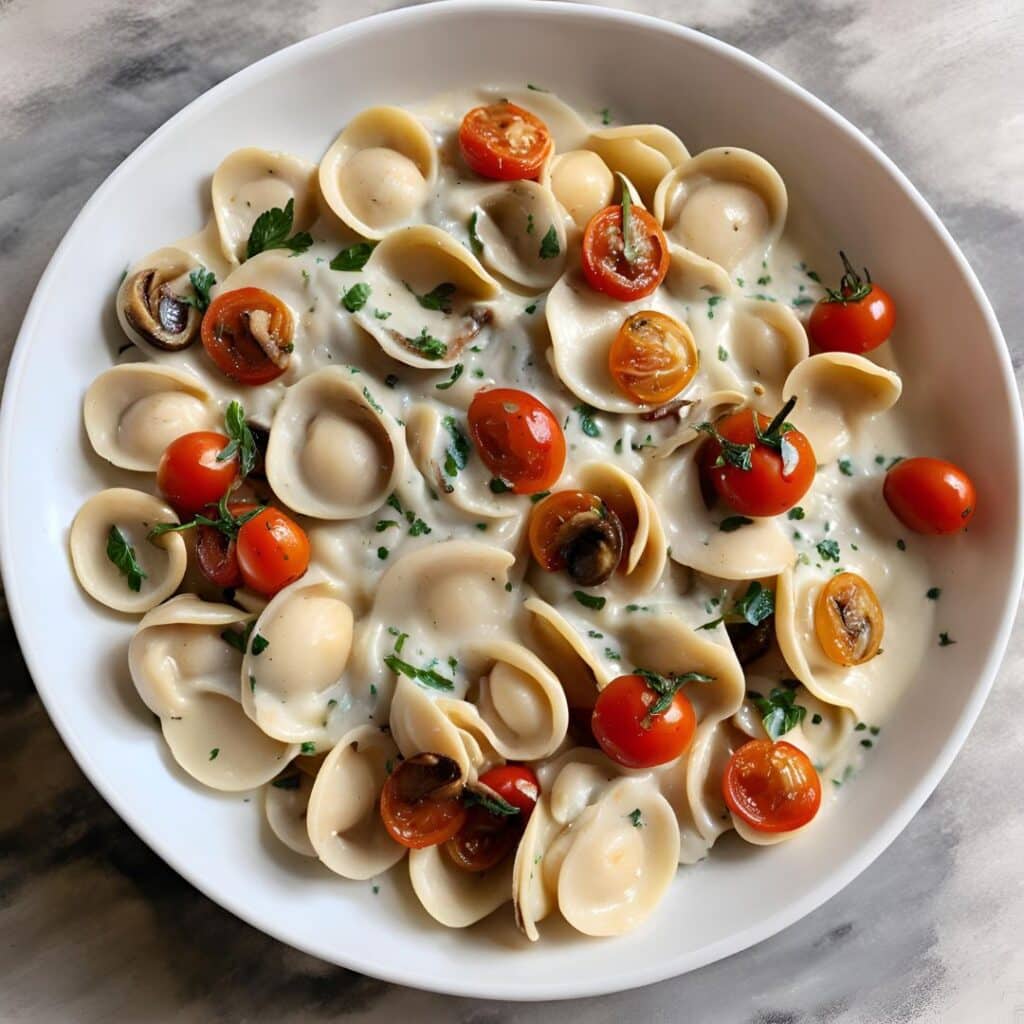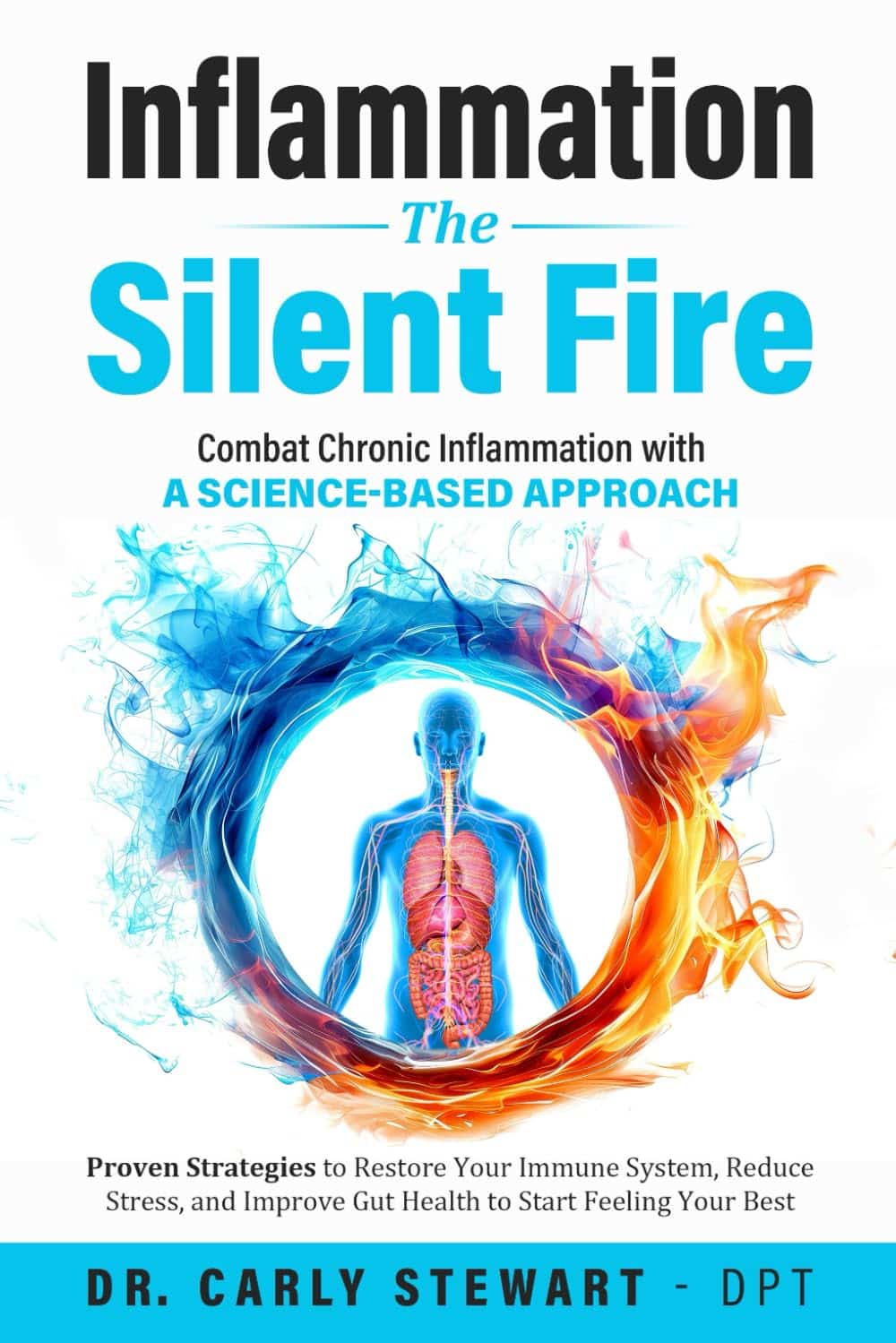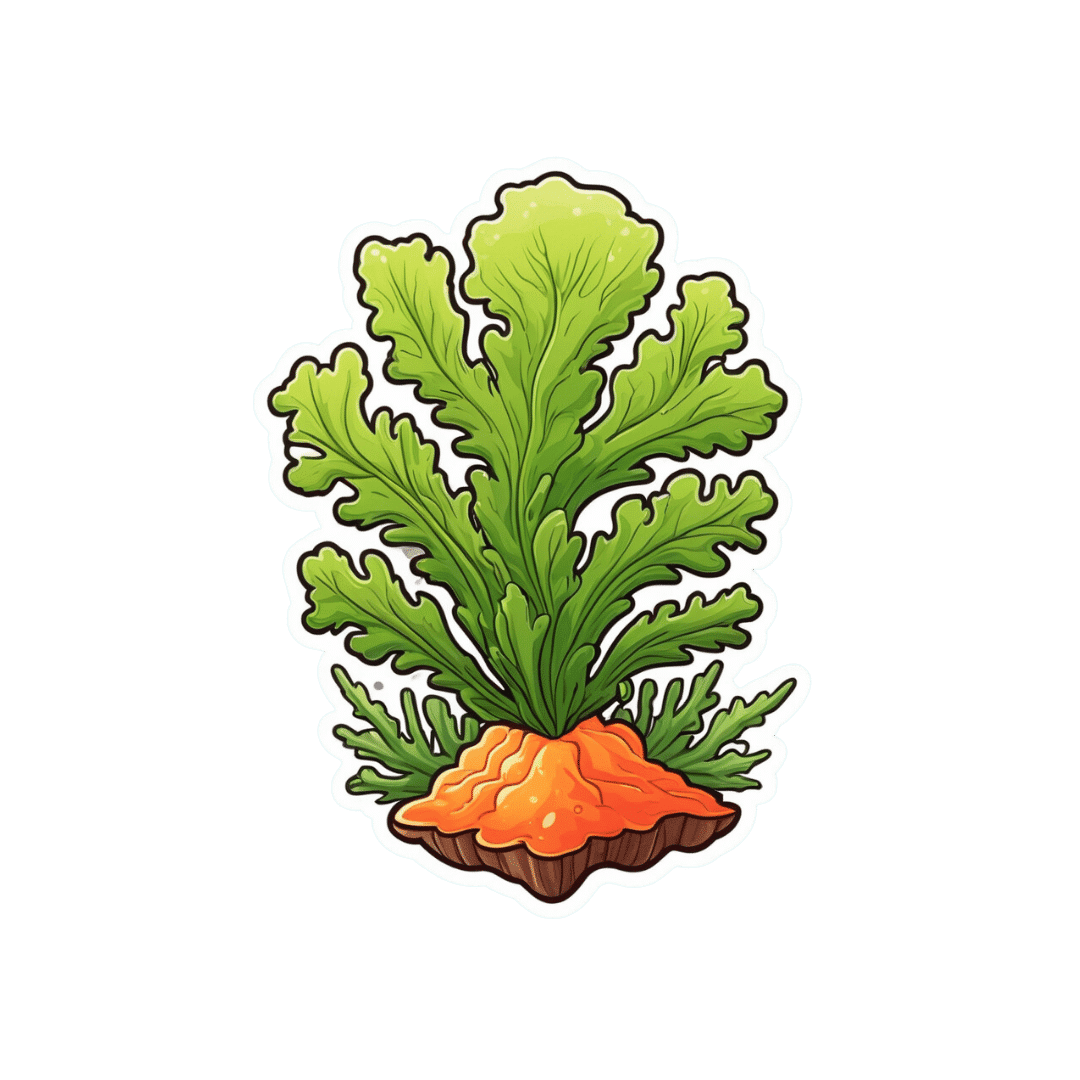
Is TikTok right? Are there health benefits to eating sea moss?
10almonds is reader-supported. We may, at no cost to you, receive a portion of sales if you purchase a product through a link in this article.
Sea moss is the latest “superfood” wellness influencers are swearing by. They claim sea moss products – usually in gel form – have multiple health benefits. These include supporting brain and immune function, or protecting against viruses and other microbes.
But do these health claims stack up? Let’s take a look.

What is sea moss?
Sea moss is produced using a kind of seaweed – particularly red algae – that grow in various locations all around the world. Three main species are used in sea moss products:
- Chondrus crispus (known as Irish moss or carrageenan moss)
- Eucheuma cottonii (sea moss or seabird’s nest)
- Gracilaria (Irish moss or ogonori).
Some products also contain the brown algae Fucus vesiculosus (commonly known as bladderwrack, black tang, rockweed, sea grapes, bladder fucus, sea oak, cut weed, dyers fucus, red fucus or rock wrack).
Most sea moss products are sold as a gel that can be added to recipes, used in smoothies, frozen into ice cubes or eaten on its own. The products also come in capsule form or can be purchased “raw” and used to make your own gels at home.
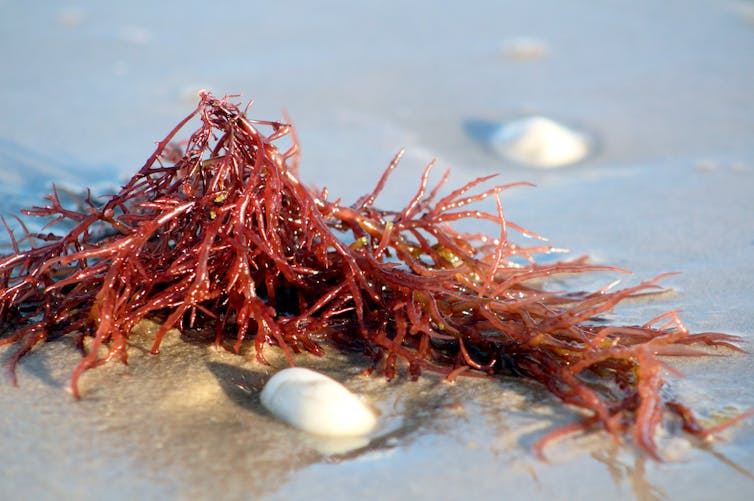
What’s the evidence?
Sea moss products claim a host of potential health benefits, from supporting immunity, to promoting skin health and enhancing mood and focus, among many others.
But is there any evidence supporting these claims?
Recent studies have reviewed the biological properties of the main sea moss species (Chondrus crispus, Eucheuma cottonii, Gracilaria and Fucus vesiculosus).
They suggest these species may have anti-inflammatory, antioxidant, anticancer, antidiabetic and probiotic properties.
However, the vast majority of research relating to Chondrus crispus, Gracilaria and Fucus vesiculosus – and all of the research on Eucheuma cottonii – comes from studies done in test tubes or using cell and animal models. We should not assume the health effects seen would be the same in humans.
In cell and animal studies, researchers usually administer algae in a laboratory and use specific extracts rich in bioactive compounds rather than commercially available sea moss products.
They also use very different – often relatively larger – amounts compared to what someone would typically consume when they eat sea moss products.
This means the existing studies can’t tell us about the human body’s processes when eating and digesting sea moss.
Sea moss may have similar effects in humans. But so far there is very little evidence people who consume sea moss will experience any of the claimed health benefits.
Nutritional value
Eating sea moss does not replace the need for a balanced diet, including a variety of fruits and vegetables.
Chondrus crispus, Eucheuma cottonii and Gracilaria, like many seaweeds, are rich sources of nutrients such as fatty acids, amino acids, vitamin C and minerals. These nutrients are also likely to be present in sea moss, although some may be lost during the preparation of the product (for example, soaking may reduce vitamin C content), and those that remain could be present in relatively low quantities.
There are claims that sea moss may be harmful for people with thyroid problems. This relates to the relationship between thyroid function and iodine. The algae used to make sea moss are notable sources of iodine and excess iodine intake can contribute to thyroid problems, particularly for people with pre-existing conditions. That is why these products often carry disclaimers related to iodine sensitivity or thyroid health.
Is it worth it?
So you may be wondering if it’s worth trying sea moss. Here are a few things to consider before you decide whether to start scooping sea moss into your smoothies.
A 375mL jar costs around $A25–$30 and lasts about seven to ten days, if you follow the recommended serving suggestion of two tablespoons per day. This makes it a relatively expensive source of nutrients.
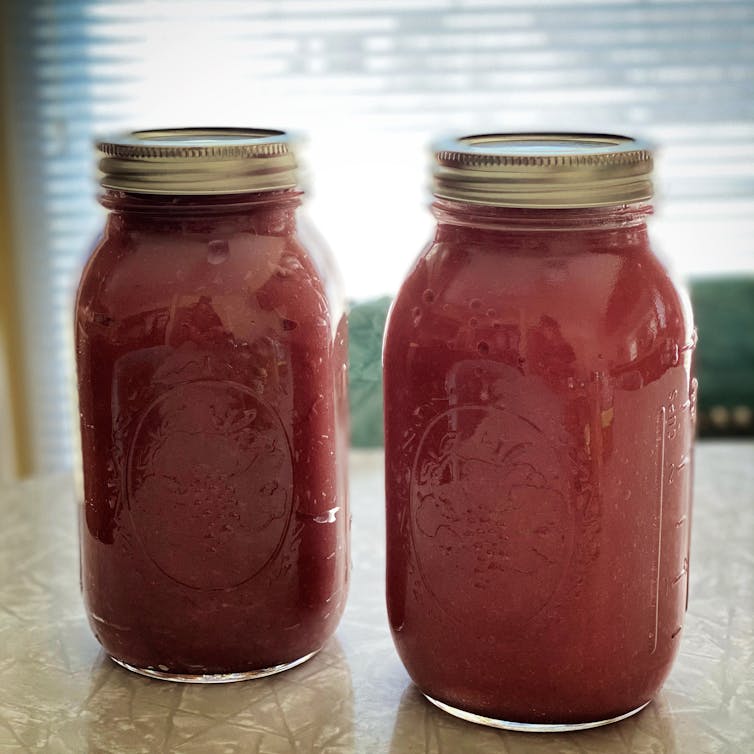
Sea moss is often hyped for containing 92 different minerals. While there may be 92 minerals present, the amount of minerals in the algae will vary depending on growing location and conditions.
The efficiency with which minerals from algae can be absorbed and used by the body also varies for different minerals. For example, sodium is absorbed well, while only about 50% of iodine is absorbed.
But sea moss has also been shown to contain lead, mercury and other heavy metals – as well as radioactive elements (such as radon) that can be harmful to humans. Seaweeds are known for their ability to accumulate minerals from their environment, regardless of whether these are beneficial or harmful for human nutrition. Remember, more doesn’t always mean better.
What else am I eating?
While you won’t get a full nutritional breakdown on the jar, it is always wise to check what other ingredients you may be eating. Sea moss products can contain a range of other ingredients, such as lime, monk fruit powder, spirulina and ginger, among many others.
These ingredients differ between brands and products, so be aware of your needs and always check.
Despite their health claims, most sea moss products also carry disclaimers indicating that the products are not intended to diagnose, treat, cure or prevent any disease.
If you have concerns about your health, always speak to a health professional for accurate and personalised medical advice.
Margaret Murray, Senior Lecturer, Nutrition, Swinburne University of Technology
This article is republished from The Conversation under a Creative Commons license. Read the original article.
Don’t Forget…
Did you arrive here from our newsletter? Don’t forget to return to the email to continue learning!
Recommended
Learn to Age Gracefully
Join the 98k+ American women taking control of their health & aging with our 100% free (and fun!) daily emails:
-
How To Stay Alive (When You Really Don’t Want To)
10almonds is reader-supported. We may, at no cost to you, receive a portion of sales if you purchase a product through a link in this article.
How To Stay Alive (When You Really Don’t Want To)
A subscriber recently requested:
❝Request: more people need to be aware of suicidal tendencies and what they can do to ward them off❞
…and we said we’d do that one of these Psychology Sundays, so here we are, doing it!
First of all, we’ll mention that we did previously do a main feature on managing depression (in oneself or a loved one); here it is:
The Mental Health First Aid That You’ll Hopefully Never Need
Now, not all depression leads to suicidality, and not all suicide is pre-empted by depression, but there’s a large enough crossover that it seems sensible to put that article here, for anyone who might find it of use, or even just of interest.
Now, onwards, to the specific, and very important, topic of suicide.
This should go without saying, but some of today’s content may be a little heavy.
We invite you to read it anyway if you’re able, because it’s important stuff that we all should know, and not talking about it is part of what allows it to kill people.
So, let’s take a deep breath, and read on…
The risk factors
Top risk factors for suicide include:
- Not talking about it
- Having access to a firearm
- Having a plan of specifically how to commit suicide
- A lack of social support
- Being male
- Being over 40
Now, some of these are interesting sociologically, but aren’t very useful practically; what a convenient world it’d be if we could all simply choose to be under 40, for instance.
Some serve as alarm bells, such as “having a plan of specifically how to commit suicide”.
If someone has a plan, that plan’s never going to disappear entirely, even if it’s set aside!
(this writer is deeply aware of the specifics of how she has wanted to end things before, and has used the advice she gives in this article herself numerous times. So far so good, still alive to write about it!)
Specific advices, therefore, include:
Talk about it / Listen
Depending on whether it’s you or someone else at risk:
- Talk about it, if it’s you
- Listen attentively, if it’s someone else
There are two main objections that you might have at this point, so let’s look at those:
“I have nobody to talk to”—it can certainly feel that way, sometimes, but you may be surprised who would listen if you gave them the chance. If you really can’t trust anyone around you, there are of course suicide hotlines (usually per area, so we’ll not try to list them here; a quick Internet search will get you what you need).
If you’re worried it’ll result in bad legal/social consequences, check their confidentiality policy first:
- Some hotlines can and will call the police, for instance.
- Others deliberately have a set-up whereby they couldn’t even trace the call if they wanted to.
- On the one hand, that means they can’t intervene
- On the other hand, that means they’re a resource for anyone who will only trust a listener who can’t intervene.
“But it is just a cry for help”—then that person deserves help. What some may call “attention-seeking” is, in effect, care-seeking. Listen, without judgement.
Remove access to firearms, if applicable and possible
Ideally, get rid of them (safely and responsibly, please).
If you can’t bring yourself to do that, make them as inconvenient to get at as possible. Stored securely at your local gun club is better than at home, for example.
If your/their plan isn’t firearm-related, but the thing in question can be similarly removed, remove it. You/they do not need that stockpile of pills, for instance.
And of course you/they could get more, but the point is to make it less frictionless. The more necessary stopping points between thinking “I should just kill myself” and being able to actually do it, the better.
Have/give social support
What do the following people have in common?
- A bullied teenager
- A divorced 40-something who just lost a job
- A lonely 70-something with no surviving family, and friends that are hard to visit
Often, at least, the answer is: the absence of a good social support network
So, it’s good to get one, and be part of some sort of community that’s meaningful to us. That could look different to a lot of people, for example:
- A church, or other religious community, if we be religious
- The LGBT+ community, or even just a part of it, if that fits for us
- Any mutual-support oriented, we-have-this-shared-experience community, could be anything from AA to the VA.
Some bonus ideas…
If you can’t live for love, living for spite might suffice. Outlive your enemies; don’t give them the satisfaction.
If you’re going to do it anyway, you might as well take the time to do some “bucket list” items first. After all, what do you have to lose? Feel free to add further bucket list items as they occur to you, of course. Because, why not? Before you know it, you’ve postponed your way into a rich and fulfilling life.
Finally, some gems from Matt Haig’s “The Comfort Book”:
- “The hardest question I have been asked is: “How do I stay alive for other people if I have no one?” The answer is that you stay alive for other versions of you. For the people you will meet, yes, but also the people you will be.”
- “Stay for the person you will become”
- “You are more than a bad day, or week, or month, or year, or even decade”
- “It is better to let people down than to blow yourself up”
- “Nothing is stronger than a small hope that doesn’t give up”
- “You are here. And that is enough.”
You can find Matt Haig’s excellent “The Comfort Book” on Amazon, as well as his more well-known book more specifically on the topic we’ve covered today, “Reasons To Stay Alive“.
Share This Post
-
Broad Beans vs Sweetcorn – Which is Healthier?
10almonds is reader-supported. We may, at no cost to you, receive a portion of sales if you purchase a product through a link in this article.
Our Verdict
When comparing broad beans to sweetcorn, we picked the broad beans.
Why?
Firstly, you may be wondering: “aren’t broad beans fava beans?”, and yes, yes they are, but by convention, broad beans are the young green beans, while fava beans are the mature beans of the plant. Similar situation to the relationship between edamame and soybeans. And, in both cases, you’re more likely to put the young green beans in a salad, thus making the broad beans the more reasonable vegetable to compare to the sweetcorn. On which note…
In terms of macros, the broad beans have more protein and fiber, while the sweetcorn has more carbs. We call that a win for the beans.
Looking at the vitamins, the broad beans have (barely) more vitamin B6, while the sweetcorn has more of vitamins A, B1, B2, B5, B9, E, and choline. An easy win for the corn this time.
In the category of minerals, the situation is reversed: broad beans have more calcium, copper, iron, magnesium, manganese, phosphorus, potassium, selenium, and zinc, while sweetcorn is not higher in any minerals. So, a clear win for the beans.
Adding up the sections gives a 2:1 win for the beans over the corn, but by all means enjoy either or both—together is great, and diversity is good!
Want to learn more?
You might like to read:
What’s Your Plant Diversity Score?
Enjoy!
Share This Post
-
Gut-Healthy Labneh Orecchiette
10almonds is reader-supported. We may, at no cost to you, receive a portion of sales if you purchase a product through a link in this article.
Labneh (a sort of yogurt-cheese made from strained yogurt) is a great probiotic, and there’s plenty of resistant starch in this dish too, from how we cook, cool, and reheat the pasta. Add to this the lycopene from the tomatoes, the ergothioneine from the mushrooms, and the healthful properties of the garlic, black pepper, and red chili, and we have a very healthy dish!
You will need
- 10 oz labneh (if you can’t buy it locally, you can make your own by straining Greek yogurt through a muslin cloth, suspended over a bowl to catch the water that drips out, overnight—and yes, plant-based is also fine if you are vegan, and the gut benefits are similar because unlike vegan cheese, vegan yogurt is still fermented)
- 6 oz wholegrain orecchiette (or other pasta, but this shape works well for this sauce)
- ¼ bulb garlic, grated
- Juice of ½ lemon
- Large handful chopped parsley
- Large handful chopped dill
- 9 oz cherry tomatoes, halved
- 9 oz mushrooms (your choice what kind), sliced (unless you went for shiitake or similar, which don’t need it due to already being very thin)
- 2 tsp black pepper, coarse ground
- 1 tsp red chili flakes
- ¼ tsp MSG or ½ tsp low-sodium salt
- Extra virgin olive oil
Method
(we suggest you read everything at least once before doing anything)
1) Cook the pasta as you normally would. Drain, and rinse with cold water. Set aside.
2) Combine the labneh with the garlic, black pepper, dill, parsley, and lemon juice, in a large bowl. Set aside.
3) Heat a little olive oil in a skillet; add the chili flakes, followed by the mushrooms. Cook until soft and browned, then add the tomatoes and fry for a further 1 minute—we want the tomatoes to be blistered, but not broken down. Stir in the MSG/salt, and take off the heat.
4) Refresh the pasta by passing a kettle of boiling water through it in a colander, then add the hot pasta to the bowl of labneh sauce, stirring to coat thoroughly.
5) Serve, spooning the mushrooms and tomatoes over the labneh pasta.
Enjoy!
Want to learn more?
For those interested in some of the science of what we have going on today:
- Making Friends With Your Gut (You Can Thank Us Later)
- Lycopene’s Benefits For The Gut, Heart, Brain, & More
- “The Longevity Vitamin” (That’s Not A Vitamin)
Take care!
Share This Post
Related Posts
-
Mango vs Papaya – Which is Healthier?
10almonds is reader-supported. We may, at no cost to you, receive a portion of sales if you purchase a product through a link in this article.
Our Verdict
When comparing mango to papaya, we picked the mango.
Why?
Both are great! But there are some things to set them apart:
In terms of macros, this one’s not so big of a difference. They are equal in fiber, while mango has more protein and slightly more carbs. They are both low glycemic index, so we’ll call this one a tie, or the slenderest nominal win for papaya.
When it comes to vitamins, mango has more of vitamins A, B1, B3, B5, B7, B9, E, K, and choline, while papaya has more vitamin C. However, a cup of mango already gives the RDA of vitamin C, so at this point, it’s not even really much of a bonus that papaya has more. In any case, a clear and overwhelming win in the vitamins category for mango.
As for minerals, this one’s closer; mango has more copper, manganese, phosphorus, and zinc, while papaya has more calcium, iron, and magnesium. Still, a 4:3 win for mango.
Adding these up makes for a clear win for mango. However, one extra thing to bear in mind about both:
Both of these fruits interact with warfarin and many other anticoagulants. So if you’re taking those, you might want to skip these, or at least consult with your doctor/pharmacist for input on your personal situation.
Aside from that; enjoy both; diversity is good! But mango is the more nutritionally dense, and thus the winner here.
Want to learn more?
You might like to read:
5 Ways To Make Your Smoothie Blood Sugar Friendly (Avoid the Spike!)
Take care!
Don’t Forget…
Did you arrive here from our newsletter? Don’t forget to return to the email to continue learning!
Learn to Age Gracefully
Join the 98k+ American women taking control of their health & aging with our 100% free (and fun!) daily emails:
-
Inflammation: The Silent Fire – by Dr. Carly Stewart
10almonds is reader-supported. We may, at no cost to you, receive a portion of sales if you purchase a product through a link in this article.
Despite its relative brevity (188 pages), this book is quite comprehensive, covering a lot more than “eat some fruits and vegetables please”.
In terms of complexity, it starts at the level of “what is inflammation?” and progresses to the nuances of NF-kB inhibitors and the role of clustered regularly interspaced short palindromic repeats and CRISPR-associated protein 9. And we do mean “progresses”; it doesn’t jump from one to the other.
The author, a doctor of physiotherapy, has plenty to say about the role of movement, as you may have guessed, and there’s a whole section on anti-inflammatory exercises to do (mostly derived from yoga), as well as all the things you might expect (and more) about diet, sleep, and so forth, plus a chapter on gut health, one on stress management (beyond the yoga and sleep and such in their respective chapters). She also covers supplements beyond the obvious, as well as medications—again, beyond the obvious.
The style is simple and explanatory, not complicating things more than necessary, nor padding it out with anecdotes or sensationalist fluff.
Bottom line: if you’d like to better manage inflammation, this book is a great resource for that.
Click here to check out Inflammation: The Silent Fire, and dial down yours!
Don’t Forget…
Did you arrive here from our newsletter? Don’t forget to return to the email to continue learning!
Learn to Age Gracefully
Join the 98k+ American women taking control of their health & aging with our 100% free (and fun!) daily emails:
-
Zucchini vs Okra – Which is Healthier?
10almonds is reader-supported. We may, at no cost to you, receive a portion of sales if you purchase a product through a link in this article.
Our Verdict
When comparing zucchini to okra, we picked the okra.
Why?
Looking at the macros first, okra has nearly 2x the protein and more than 3x the fiber (for about 2x the carbs).
In terms of vitamins, things are also quite one-sided; zucchini has a little more vitamin B2, while okra has a lot more of vitamins A, B1, B3, B5, B6, B9, C, E, K, and choline.
Nor does the mineral situation make any compelling counterargument; zucchini is higher only in sodium, while okra has a lot more calcium, copper, iron, magnesium, manganese, phosphorus, potassium*, selenium, and zinc.
*Actually it’s only a little more potassium. But the rest are with big margins of difference.
Both of these on-the-cusp-of-being-pungent vegetables have beneficial antioxidant polyphenols (especially various forms of quercetin), but okra has more.
In short: enjoy both, of course, but there’s a clear winner here and it’s okra.
Want to learn more?
You might like to read:
Enjoy Bitter/Astringent/Pungent Foods For Your Heart & Brain
Take care!
Don’t Forget…
Did you arrive here from our newsletter? Don’t forget to return to the email to continue learning!
Learn to Age Gracefully
Join the 98k+ American women taking control of their health & aging with our 100% free (and fun!) daily emails:


